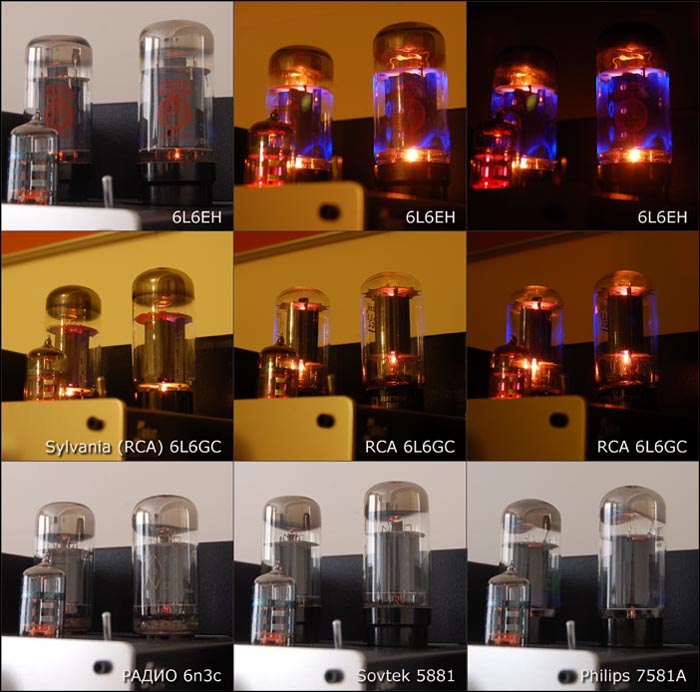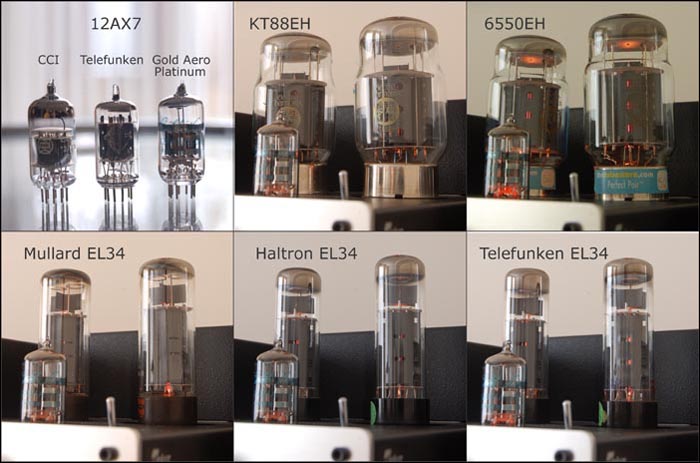|
|
|
|
|
This review page is supported in part by the sponsors whose ad banners are displayed below
|
|
 |
|
Chamber works are great for assessing sonority and timbre, placement and proportion. The Engegård Quartet was only formed in 2006 and won't be familiar to most music lovers but their debut album String Quartets [2L 53] will soon arrest your musical soul with Haydn's celebrated Op. 76 No. 5, Grieg's Op. 27 and the contemporary Norwegian composer Leif Solberg's B minor Quartet. No music lovers could possibly remain unimpressed listening to Haydn's cyclic leitmotiv brilliantly transformed into the exquisite slow movement. Or Grieg's colorful symphonic breadth. Or Solberg's unmistakably Nordic romanticism deeply rooted in Norwegian folk music. All of this is brilliantly played by the Engegård Quartet and faithfully captured in 2L's DXD high resolution process. It's the most refreshing chamber work album of the year.
|
|
|
|
Veteran choral conductor, repeat Gramophone Award recipient and recent Grammy Award winner Simon Halsey has been leading the City of Birmingham Symphony Chorus for over 25 years. His 2006 recording of English Choral Favourites [EMI Classics For Pleasure 3 61499 2] is a truthful documentation of the many facets of choral aesthetics. Unlike certain choral audiophile recordings which impress listeners with the layering of voices with much smaller choirs, Halsey epitomizes nuance and balance through harmonious richness and expressive wholeness with his massive 150-head chorus with or without organ accompaniment. A pleasant surprise are the two organ solo works performed by the city's organist Thomas Trotter. This instrument built to Trotter's specifications has two consoles (one mechanical and one electronic connected to a computer) and a total of 798 stop combinations to imitate a full orchestra. No kidding. In Elgar's Pomp and Circumstance March No.1, I could hear the strings, woodwind and brass sections with each instrumental group coming from different angles. On first hearing, I literally thought these were real brass instruments..
|
|
 |
|
|
Any Mahler symphony makes an ultimate test for low-wattage tube amps. Here I picked one of the most anticipated additions to his Symphony No. 6 offerings, a Chicago Symphony Orchestra live cut under the baton of principal conductor Bernard Haitink [CSO Resound CSOR 901 807]. A full-blooded manifestation of Mahler's creative prowess and orchestral ambition materialized in hybrid SACD, Haitink has outdone himself with electrifying intensity and majestic grandeur. This is the most formidable challenger to the explosive LSO release by Gergiev/London Symphony Orchestra (also live), the well articulated Channel Classics release by Fischer/Budapest Festival Orchestra and the emotionally charged DGG release by Abbado/Berlin Philharmonic. All of these contenders are in multi-channel SACD format. Doesn't that suggest something about how Mahler should really be enjoyed? Anyway, back to two channels as I kept telling myself
|
|
 |
|
|
Tube rolling
In addition to the stock tubes, Victor had generously lent me these goodies from his private collection: For driver tubes, I received Gold Aero Platinum 12AX7 and Telefunken 12AX7. For power tubes, RCA 6L6GC, Sylvania (branded RCA) 6L6GC, Electro Harmonix 6550 and KT88, Mullard (branded RCA) EL34, Haltron 6CA7/EL34 and Telefunken EL34. All these power tubes (and KT66 missing from the stable) can be rolled in and out without adjustments. From my own collection, I threw in three more 6L6 variants just for fun. Those were the Russian 6N3C, the Sovtek 5881 and the Philips 7581A. Since this pure Class A single-ended beam tetrode amp is auto-biased, output power scales with tube choice and clocks at 7wpc (EL34), 7.1wpc (KT66), 8.5wpc (6L6GC) and 8.8wpc (KT88) all into an 8-ohm load. This difference is negligible and from CD to CD, not very noticeable. With any of the above EL34, I did not need to crank the volume any higher than with KT88s.
|
|
 |
|
|
I was more than content with the factory supplied 6L6EH and CCI 12AX7d. It's a good sign that I was subconsciously coaxed to soak myself into the music and had to consciously prick myself into fulfilling review duties. I first started rolling driver tubes, throwing in my own Sovtek and Sylvania 12AX7. It appeared that the Gold Aero Platinum had the best balance and the right degree of enhanced valve bloom. Piano tone was luminously pearly and bass was gratifyingly rich. Violin was more polished than with any of the other contenders. Hanslip's sforzando attacks in Bazzini's Calabrese and La Ronde des lutins had the transient brightness appropriately toned down while still allowing the brilliance to shine forth. Flare but no glare. Mahler's 6th evoked dimensional details and a deep soundstage. Maruri's guitar solo was vividly defined and focused. His vigorous tambora (drumming with the right hand) contrasted sharply with the delicate octava harmonics in Manjón's Tango yet both were airy and captured with lifelike ambience.
|
|
 |
|
|
|
This image opens to 2000 x 1978 at 346KB in a new window
|
|
Soprano Kazarnovskaya's powerful projection and lyrical phrasing were colorfully rendered without setting off high-pitch ringing. Engegård Quartet's youthful virtuosity was represented with textural accuracy that drove home the ultimate matured musical depth. 2L's high resolution puts no blocks on verisimilitude. The sublime beauty of tone was unadulterated. Although the live magnitude of the 150-member chorus and double-console organ in Parry's Jerusalem and the complex orchestration of Mahler's Sixth were somewhat scaled down due to the limitation of speakers and audition environment, the 'virtual grandeur' and make-believe sense of dimensionality were credibly maintained. After all, hifi is about audio hallucinations the mind chooses to believe. In this event, the Elekit TU-879S absolutely captured my mind.
|
|
 |
|
|
|
This image opens to 2000 x 1320 at 271KB in a new window
|
|
Of all the 6L6 variants under scrutiny, with the Electro-Harmonix 6L6EH as yardstick, which had the tendency of tipping the scale slightly towards the highs, the Sylvania (branded RCA) 6L6GC and Russian PAДИO 6n3c were more balanced. I made closer comparisons between the Sylvania and RCA 6L6GC. The Sylvania had throbbing bass and a gut-wrenchingly melancholic midrange especially with piano. This quality was very hard to put a finger on and might not be discernible to some but kept haunting me with reminders of the Estonia piano sound, which has the same quality that makes Rachmaninoff and Medtner even more intoxicatingly melancholy. Later during tube rolling, I was tempted to go back to these. The RCA was more naturally balanced or should I say, more neutral or pure. It also displayed a bluish halo in the dark. The Sovtek 5881 was softer and airier, yielding a more pronounced valve bloom whereas the Philips 5781A was more dynamic and punchy without getting bright and sharp. Let me reiterate that the above findings were based on partnering the amp with my Marantz SA6820 and Klipsch Synergy F2 and the Gold Aero Platinum 12AX7 in the driver tube socket. Different results could be had within other synergistic environment. It was with the same setup that the other power tubes were administered.
|
|
|
|
|
|
 |
 |
|
 |
|
|
|
|
|
|
|